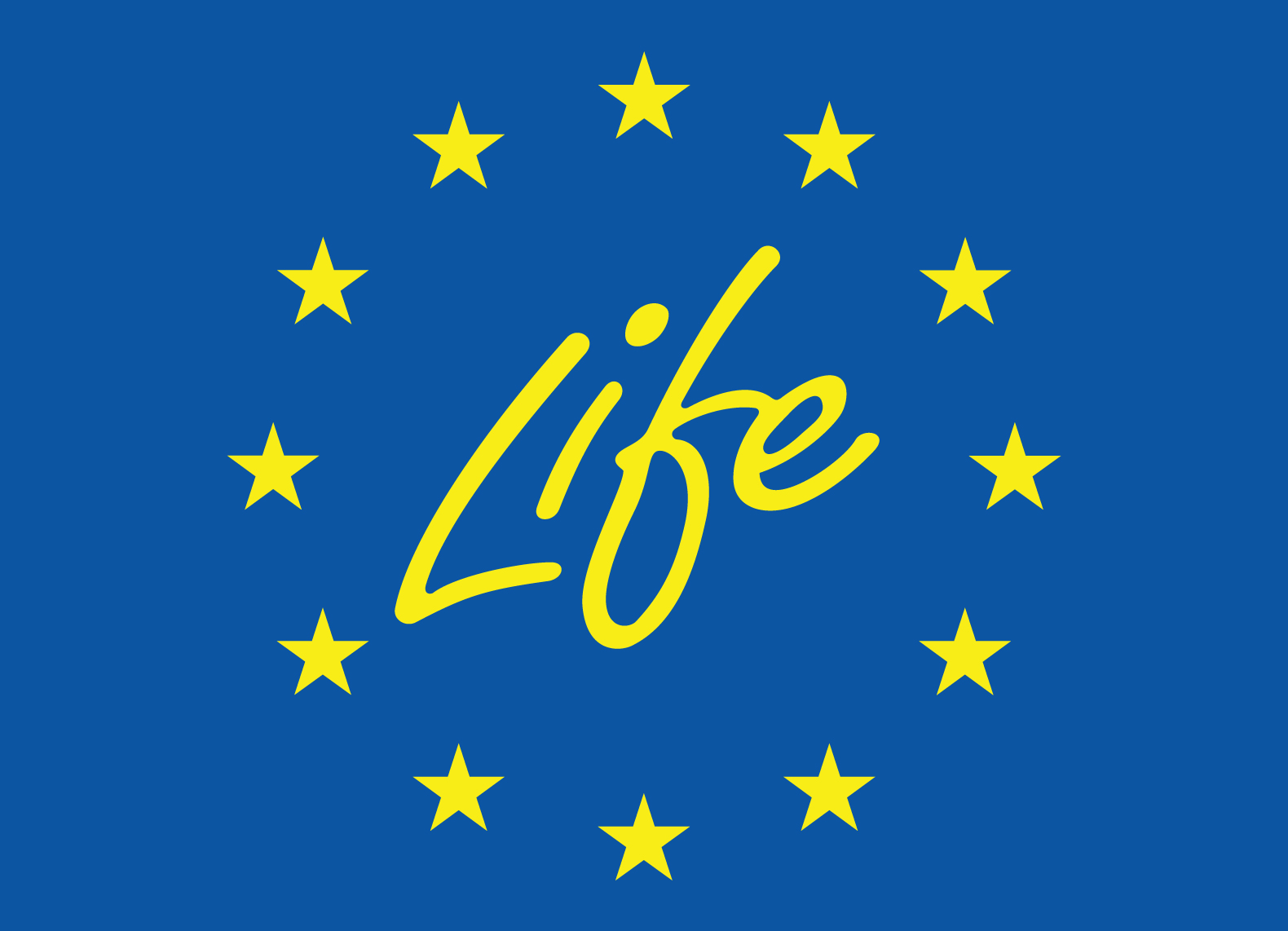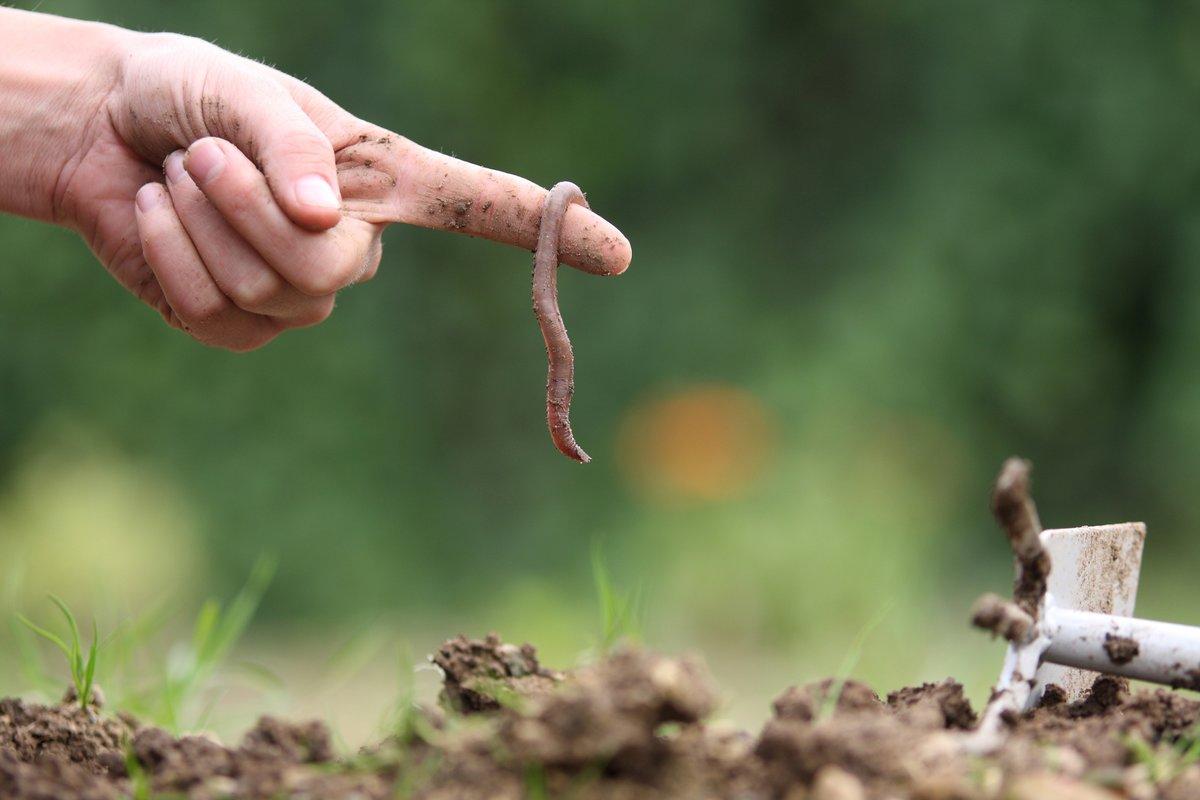AUTHORS: Nora Hiller – Jean-François Hulot – Elisa Kollenda
The Horizon Europe mission on Soil Health and Food has set the ambitious target for 75% of soils in the EU to be healthy – within just 10 years. Here are five recommendations for achieving this.
The upcoming Horizon Europe research and innovation (R&I) framework programme aims to advance research through five missions that deliver solutions to current and future challenges, including the mission on ‘Soil Health and Food’.
Restoring soil health has become urgent to safeguarding its benefits to humanity since soils play an essential but hidden role in food security, biodiversity, and carbon storage:
- Food security is highly dependent on land availability and soil quality. An estimated 82% of the calories in the human food supply are provided by terrestrial plants and 16% by terrestrial animals (FAO, 2019). Unhealthy soils make food systems fragile and prone to imbalances between supply and demand, causing agricultural price volatility and ultimately economic losses, civil unrest, and regional instability.
- Biodiversity and ecosystem functions are affected by diverse types of degradation on three-quarters of the Earth’s land. An IPBES report on land degradation calls for “an urgent step change in an effort to prevent irreversible land degradation and to accelerate the implementation of restoration measures” (IPBES, 2018).
- Carbon storage: changing farming practices to conservation agriculture or regenerative farming can increase tenfold carbon sequestration in soils. There is a huge potential for developing a win-win strategy for climate and food security by adopting new farming practices geared to sustainability. Healthy agricultural soils have a substantial capacity to reduce CO2 emissions and turn them into a new sink through sequestration.
As highlighted by the COVID-19 crisis, the transformation of natural ecosystems to human use-dominated ecosystems increases the risk of human exposure to novel diseases and can lead to global pandemics (IPBES, 2018). Soil ecosystems are part of this reasoning – restoring them and exploring their microbiome has a public health dimension.
The proposed mission title for the area of Soil Health and Food is “Caring for Soil is Caring for Life”, with the core ambition that “by 2030, at least 75% of all soils in the EU are healthy and are able to provide essential services that we depend on, for healthy food, people, nature and climate.”
| To succeed, the soil R&I mission must build on a science-based vision on soils, clear policy objectives and an international dimension to its research |
The vision is supported by establishing a dense network of “living laboratories” and “lighthouses” for various types of land uses (farms, forests, industrial areas and urban settings).
This approach is favourable for future cooperation, however, taking existing and new knowledge to a stage of implementation requires effective translation and upscaling ability in the Horizon Europe missions.
A key gap in soil policy to date is bringing the understanding and supportive instruments (advice, incentives, etc.) to implementing actors, rather than a lack of knowledge. Recent work from the Horizon 2020 iSQAPER project, the ESIR high-level group and other evidence-based studies provide key recommendations for shaping the Soil Health and Food mission.
To succeed, the soil R&I mission must build on a science-based vision on soils, clear policy objectives and an international dimension to its research.
Here are five recommendations for shaping Europe’s research mission on Soil Health and Food to achieve healthy and sustainable soils:
1. Define a clear policy objective related to the major challenge of climate and environment
This objective needs to reflect the overarching target of climate neutrality by 2050, as set by the European Green Deal. Several pathways can lead to achieving this target in the EU, but a deep societal and economic transition in all sectors is unavoidable.
Post-2030, there may be an additional need for carbon removal and storage technologies, even though their use is not sustainable. Direct air capture increases energy demand and bears higher costs than nature-based solutions. Land carbon sinks will minimise the need for such unsustainable technologies while delivering multiple co-benefits. European soils should be turned into a carbon sink within 10 years. The Horizon mission should establish a model of just remuneration of land managers for carbon uptake on – and in – land, to spark systemic change.
2. Develop concrete solutions to address hotspot issues in Europe
The most worrying areas relevant to soil health should be treated with a degree of alarm and urgency. Hereby, the proposed mission rightfully sets targets for soil sealing, soil pollution, wetlands and others, but it should also open pathways for rapid, sustainable solutions in the short term, given the urgency for action. For example, where agricultural land should be rewetted, paludiculture provides sustainable solutions (Ziegler, 2020).
3. Effectively engage stakeholders and the public
In the proposed mission, citizen engagement is embedded in all activities. It is critical to maintain a holistic approach, align with societal interests and avoid sectoral bias. Sectorial interests often lead to one-sided solutions, creating new problems in other sectors. It requires a purposeful and active dialogue between decision-makers and citizens. Successful engagement must be evidence-based, understand target audiences and must show a credible and tangible impact on the problem.
4. Open international cooperation
Land degradation and desertification are of great concern, not only in Europe but also vast parts of Africa, Asia, North and South America. International actions (such as the 4 per 1000 initiative) are key for fighting soil degradation and boost carbon sequestration in soils beyond Europe’s borders. Europe can, in turn, learn from innovative practices outside its borders. The connection requires co-creation of the research agenda and funding for cooperation.
5. Explore the soil microbiome
Microbes in the soil play a crucial role that needs to be understood better. The microbiome is at the root of soil health and fertility and presents enormous diversity according to local conditions, as well as a significant carbon reserve. The right microbiome combination may not only lead to the development of drought-resistant ecosystems but also the discovery of new molecules, capable of treating existing and new diseases that may occur in the future.
_____
References
IPBES. (2018). The IPBES assessment report on land degradation and restoration. Link
European Commission. (2018). In-depth analysis in support on the COM(2018) 773: A Clean Planet for all – A European strategic long-term vision for a prosperous, modern, competitive and climate neutral economy. Link
R. Tieman. (2020). Soil offers key to curbing climate change. Financial Times. Link
European Commission. (2020). Sustainable development in the European Union. Overview of progress towards the SDGs in an EU context. Link
FAO. (2019). The State of the World’s Biodiversity for Food and Agriculture. Link
Ziegler. (2020). Paludiculture as a critical sustainability innovation mission. Link
 | This work has been produced with the financial support of the LIFE Programme of the European Union. It reflects only the views of the authors. |

